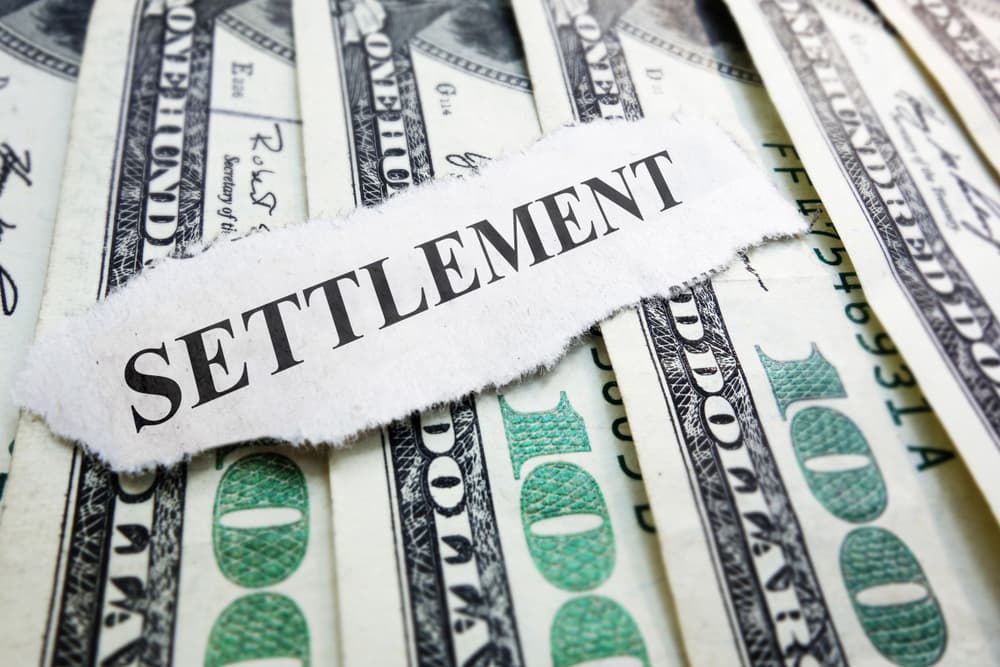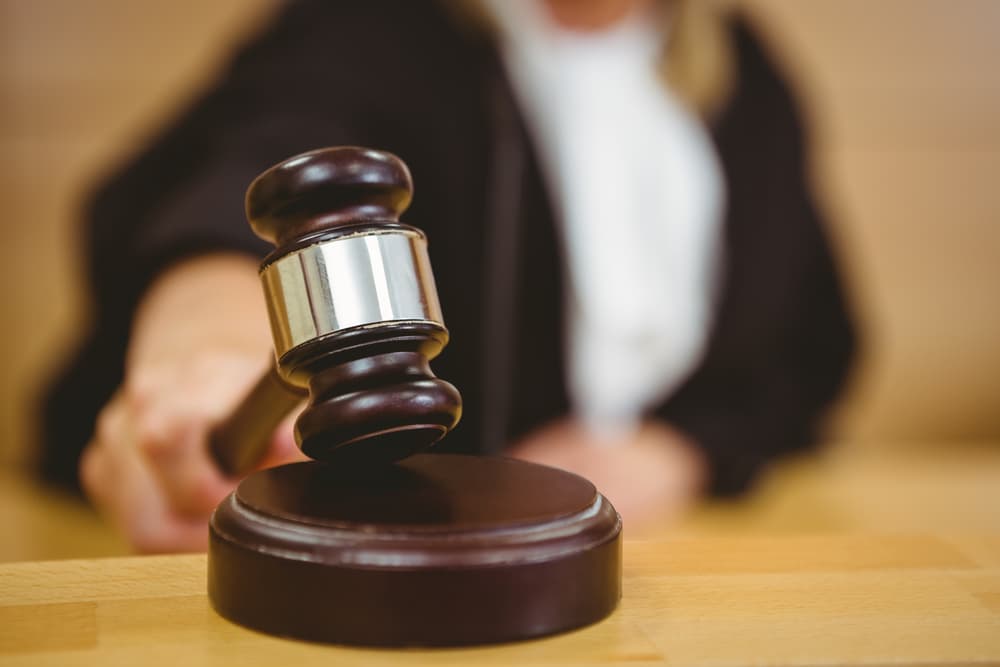Car accidents resulting from others’ negligence can lead to devastating injuries, lengthy medical treatment, missed work time, and other damages. Accident victims frequently need prompt settlement compensation – especially if they are unable to work after their accident.
Sometimes, car accident settlements take a significant amount of time because of delays in gathering evidence and insurance companies that are in no hurry to settle. However, by retaining skilled legal counsel in your case, you increase your chances of obtaining swift settlement compensation for your injuries.
An Edmonton car accident lawyer can begin work on your case right away and will do everything possible to expedite the process. Specifically, your lawyer can aggressively negotiate with the at-fault driver’s insurance company on your behalf – and threaten the insurance company with litigation if a favourable settlement offer is not forthcoming. Your lawyer can also answer your questions and handle every step of the process for you, increasing your chances of maximizing your settlement award.
GET YOUR FREE CONSULTATION NOW!
The Most Common Types of Motor Vehicle Accidents

Motor vehicle accidents can occur in various scenarios, each falling into distinct categories based on the nature of the collision and contributing factors. Some of the most common types of auto accidents that lead to injuries include:
- Side-Impact Collisions – Also called T-bone accidents, side-impact collisions occur when the front of one vehicle crashes into the side of another, forming the shape of a letter T. Intersections are common locations for these accidents, often caused by drivers disregarding traffic signals or stop signs.
- Traffic Intersection Accidents – Accidents at traffic intersections can take various forms, including T-bone collisions, where one vehicle strikes the side of another. Failing to yield the right-of-way, running red lights, or misjudging the right-of-way further contributes to these accidents.
- Head-On Collisions – Head-on collisions involve the front ends of two vehicles colliding. These accidents are particularly severe, often resulting in serious injuries or fatalities. Factors such as impaired driving, wrong-way driving, or overtaking in no-passing zones contribute to head-on collisions.
- Rear-End Accidents – One of the most common types of accidents involves one vehicle colliding with the rear of another. These accidents often occur when a trailing vehicle fails to maintain a safe distance or significantly exceeds the speed limit.
- Side-Swipe Accidents – Side-swipe accidents involve vehicles colliding along their sides while moving parallel to each other on a multi-lane roadway or highway. These accidents can happen when drivers fail to check blind spots or attempt unsafe lane changes.
- Single-Vehicle Crashes – These accidents involve only one vehicle and can result from driver distraction, loss of control, speeding, or adverse weather conditions. Single-vehicle crashes often lead to collisions with fixed objects like trees or barriers. Injured passengers in these vehicles can file a personal injury claim with the negligent driver’s insurance company.
- Pedestrian and Cyclist Accidents – Accidents involving pedestrians or cyclists can result from a driver’s failure to yield the right-of-way, distracted driving, or not observing crosswalks. These accidents often lead to severe injuries due to the vulnerability of pedestrians and cyclists and their lack of protection.
- Roll-Over Accidents – Vehicles may roll over during an accident, often caused by factors like sharp turns, high speeds, or collisions with obstacles. Due to their higher center of gravity, SUVs and trucks are more prone to roll-overs.
- Multi-Vehicle Pileups – Pileups frequently occur when multiple vehicles are involved in a chain reaction of collisions. In these accident scenarios, one or more other drivers may be responsible.
- Collisions with Fixed Objects – Accidents where vehicles collide with fixed objects like guardrails, poles, or trees fall into this category. These crashes can result from driver distraction, loss of control, or failure to navigate turns. Passengers in these vehicles may be eligible to bring a claim against the at-fault driver’s insurance policy.
Understanding the common categories of motor vehicle accidents underscores the need for responsible driving practices, adherence to traffic rules, and awareness of potential hazards while on the road. If you suffered injuries in an auto accident that a negligent driver caused, you should speak with a car accident lawyer near you immediately about your legal rights and options. Your lawyer can take the necessary steps to expedite your case and recover the full settlement compensation you deserve for your injuries.
Injuries that Motor Vehicle Accident Victims May Suffer
Motor vehicle accidents can result in a wide range of injuries, varying in severity and intensity depending upon the nature of the collision and the use of safety features. Some injuries are more prevalent due to the mechanics of crashes. Some of the most common motor vehicle accident injuries include:
- Chest injuries
- Traumatic head and brain injuries
- Soft tissue contusions
- Whiplash
- Bone fractures
- Facial contusions
- Back injuries
- Burns
- Psychological injuries
- Knee injuries
Prompt medical attention is crucial after a motor vehicle accident to assess and address injuries effectively. Even seemingly minor injuries can have long-term consequences, and early intervention can improve outcomes. An experienced car accident lawyer near you can start handling the legal aspects of your case while you recover from your injuries and focus on getting better.
Factors that May Affect the Length of a Car Accident Settlement
Recovering financial compensation as part of a car accident settlement is often an uphill battle, especially when dealing with insurance companies and their representatives. An insurance company aims to offer you as little monetary compensation as possible to resolve your motor vehicle accident claim. That way, the insurance company can keep its money to itself.
To increase your chances of receiving a fast and favourable monetary settlement award in your car accident case, you must immediately consult with a personal injury lawyer in your area. Some of the most common factors that may affect how long it takes to resolve your claim include:
- The amount of time it takes you to complete medical treatment for all of your accident-related injuries
- The amount of time it takes to obtain the necessary documents to prove your case, including police reports and medical records
- Whether the insurance company adjuster makes you a fair settlement offer early- on in the process or waits until later
- Whether litigation becomes a necessary step in your case, either because the insurance company adjuster denies fault for your accident or simply refuses to make you an offer that fairly compensates you for your injuries
- The court or venue where your motor vehicle accident case is pending
- The aggressiveness of your lawyer in handling settlement negotiations with insurance company representatives and pursuing a favourable result in your case
Monetary Damages in a Car Crash Settlement
The amount of money an individual can recover in a car accident settlement is highly variable. It depends on various factors related to the accident, the resulting injuries, and the effects on the accident victim’s life. While there is no fixed amount, several key elements may influence the settlement’s overall value, including:
- Pain and Suffering – Non-economic damages, such as pain and suffering, emotional distress, and loss of enjoyment of life, contribute significantly to the overall settlement value. Quantifying these damages can be complex and may involve subjective assessments by experts.
- Lost Wages and Earning Capacity – If the accident results in the victim being unable to work temporarily or permanently, your lawyer will factor lost income into the settlement. Additionally, if the injuries affect the individual’s ability to work in the future, then they may be entitled to compensation for loss of earning capacity.
- Permanent Disability or Disfigurement – If the accident causes permanent disability or disfigurement, a settlement may account for the long-term effects on the accident victim’s life and well-being. This includes alterations to lifestyle, self-esteem, and the ability to engage in activities they once enjoyed before the accident.
- Property Damage – The cost of repairing or replacing a damaged vehicle and other personal property is typically part of a car accident settlement. These damages cover the tangible economic losses resulting from the auto accident.
- Emotional Distress – The purpose of these damages is to compensate accident victims for all of their related mental anguish and post-traumatic emotional distress stemming from their injuries and the accident itself.
Also, in cases where the at-fault party’s actions were particularly egregious or reckless, the accident victim may receive compensation for punitive damages. These damages aim to punish the wrongdoer and may significantly increase the overall settlement amount.
What Happens if a Car Accident Case Does not Settle?

If the at-fault party’s insurance company disputes fault for an auto accident or otherwise refuses to compensate the accident victim favourably, the case may proceed to litigation – and, ultimately, a civil jury trial. A trial is a legal process whereby an injured accident victim seeks compensation for harm or losses suffered due to the negligent actions of another party. The trial unfolds through several distinct phases:
- Filing the initial Complaint with the court – The car-accident litigation process begins with the accident victim, through their lawyer, filing a complaint outlining the details of the case, the alleged wrongdoing, and the damages sought.
- Discovery – Both parties engage in the discovery process, exchanging relevant information and evidence. This evidence may include documents, medical records, witness statements, and responses to written questions, called Interrogatories. Depositions may also go forward, where witnesses provide sworn testimony outside of court.
- Jury Selection – If the car accident case goes to trial, lawyers for both sides question potential jurors to ensure a fair and unbiased panel. Once selected, the jury will be crucial in determining liability and damages.
- Opening Statements – The trial begins with opening statements from the lawyers. These statements provide an overview of each side’s case and set the stage for the presentation of evidence.
- Presentation of Evidence – The accident victim presents their case first, introducing evidence such as medical records, witness testimony, and expert opinions. The at-fault party then can cross-examine witnesses and present their own evidence.
- Closing Arguments – Lawyers for both sides make closing arguments, summarizing the evidence and persuading the jury to support their client’s position. This is the final opportunity for each side to address the jury before deliberations.
- Jury Deliberation – The jury retreats to a private room to deliberate and reach a verdict. This process can take varying amounts of time, depending upon the case’s complexity.
- Verdict – The jury delivers a verdict, determining whether the at-fault driver is liable and, if so, the monetary damages the accident victim should receive.
Throughout this process, legal professionals on both sides play a crucial role in presenting and contesting evidence, arguing legal points, and advocating for their clients’ respective interests. An experienced car accident lawyer in your area can represent you during all legal proceedings – including your civil jury trial – and aggressively pursue the financial recovery you deserve.
Call a Motor Vehicle Accident Lawyer Right Away about Your Legal Options
You may be entitled to compensation for various losses if you suffered injuries in a car crash resulting from another driver’s negligence. To streamline your case and increase your chances of recovering favourable settlement compensation quickly, you need to involve knowledgeable legal counsel immediately.

Under the statute of limitations, accident victims usually have only two years to file a personal injury lawsuit seeking monetary damages, starting on the date of their accident. If you retain legal counsel too late in the process, they may not have time to file a lawsuit on your behalf, preventing you from recovering the monetary damages you need for your accident-related injuries.
Your lawyer can promptly investigate your accident circumstances, file a claim on your behalf, and aggressively negotiate with insurance company representatives in your case. If that does not work, your lawyer can swiftly file a lawsuit, litigate your case in the court system, and pursue a favourable resolution at a civil jury trial or alternative dispute resolution (ADR) proceeding. While your lawyer handles your legal issues for you, you can focus on recovering from your injuries.
You must take the first step toward compensation and financial security. Do so by scheduling a free consultation with a Edmonton personal injury lawyer near you. You have nothing to lose by protecting your legal rights following a crash.
